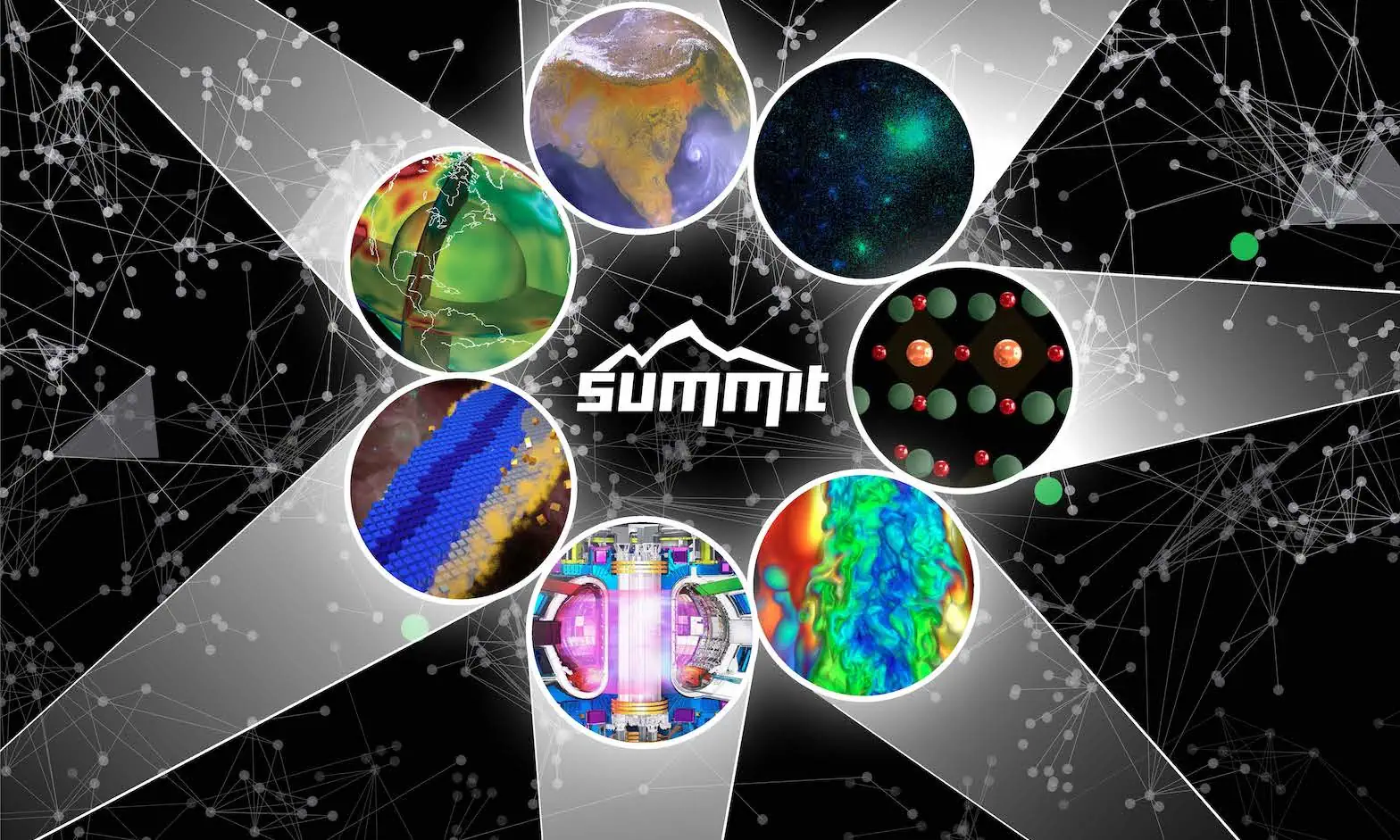(This article is a fully updated version of the original article published in November 2011 under the title “Creating a Foresight and Warning Model: Mapping a Dynamic Network (I)”). Mapping risk and uncertainty is the second step of a proper process to correctly anticipate and manage risks and uncertainties. This stage starts with building a model, which, once completed, will describe and explain the issue or question at hand, while allowing for anticipation or foresight. In other words, with the end of the first step, you have selected a risk, an uncertainty, or a series of risks and uncertainties, or an issue of concern, with its proper time frame and scope, for example, what are the risks and uncertainties to …
Continue reading “Modeling for Dynamic Risks and Uncertainties (1) : Mapping Risk and Uncertainty”







